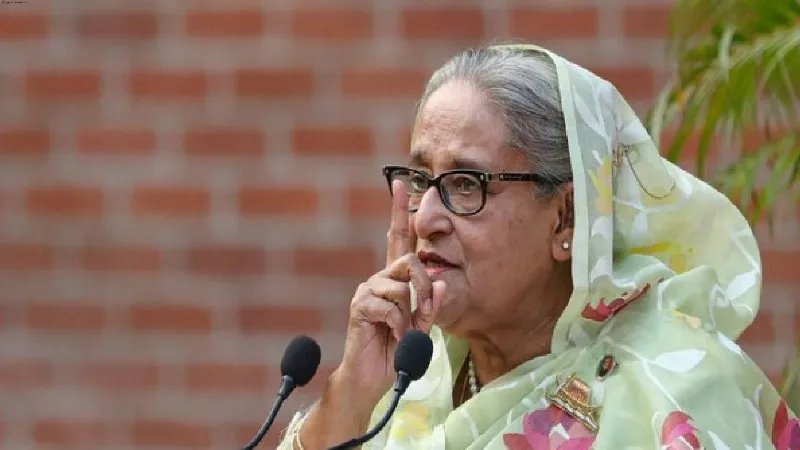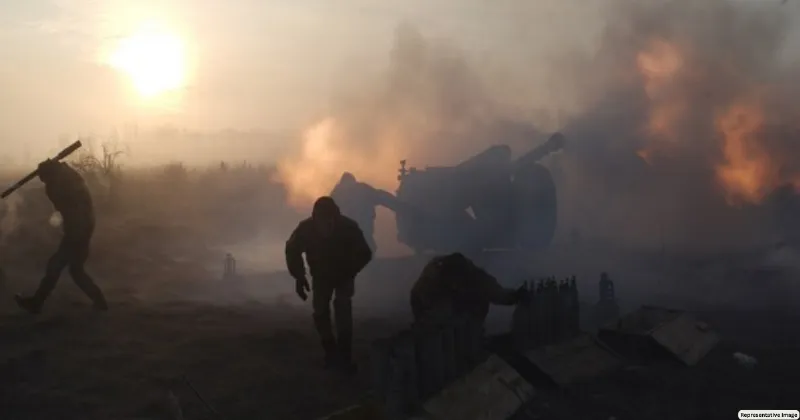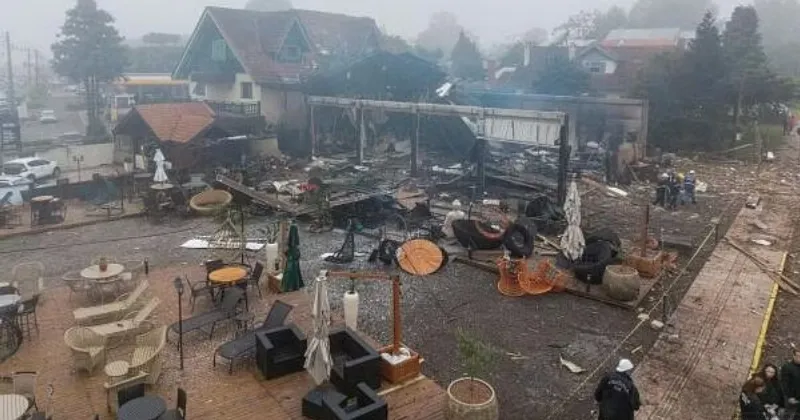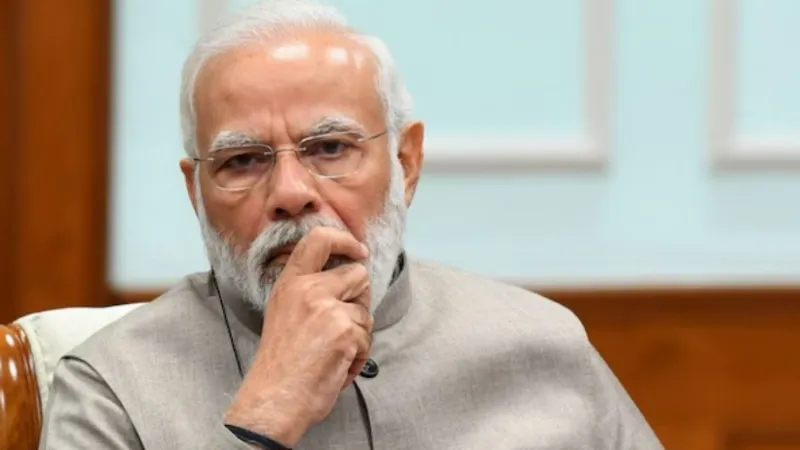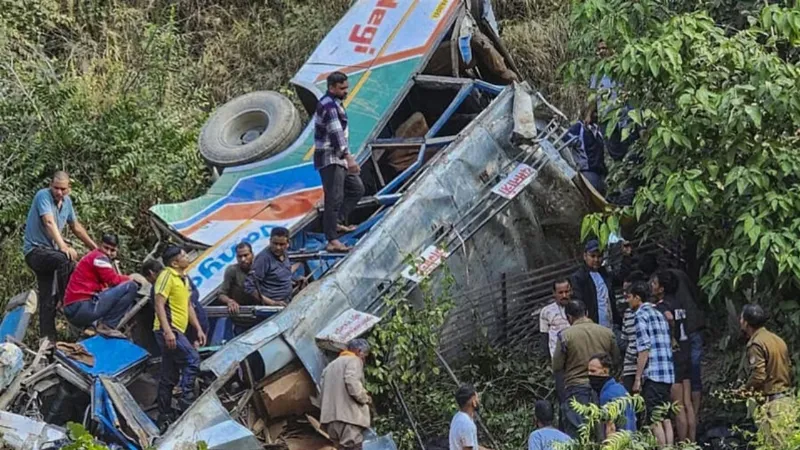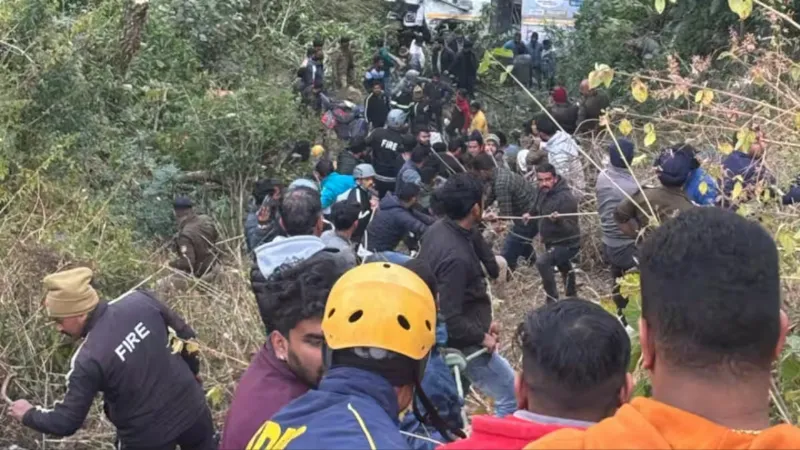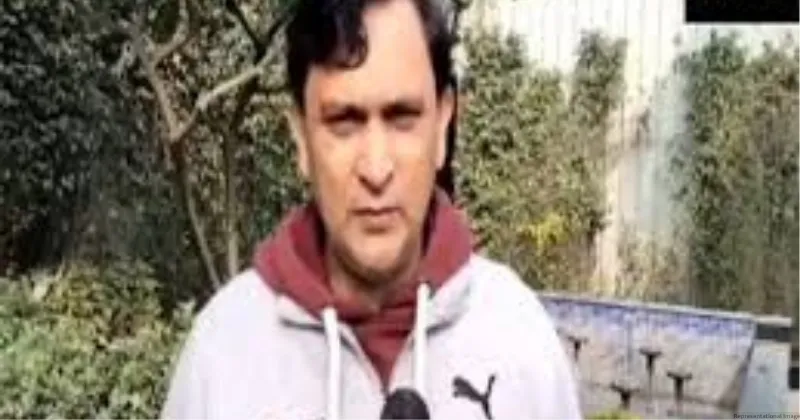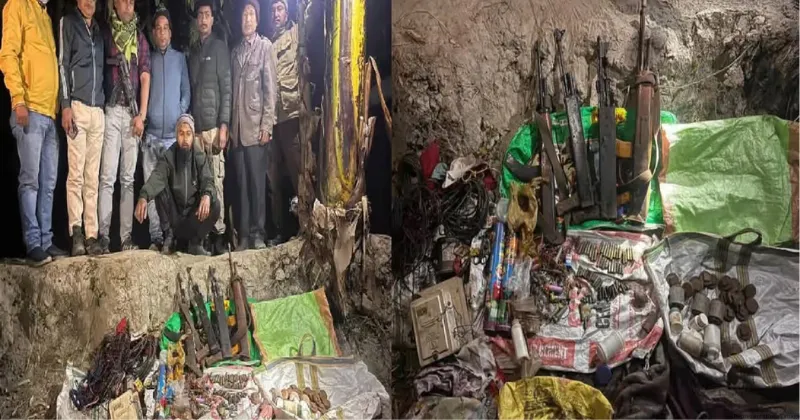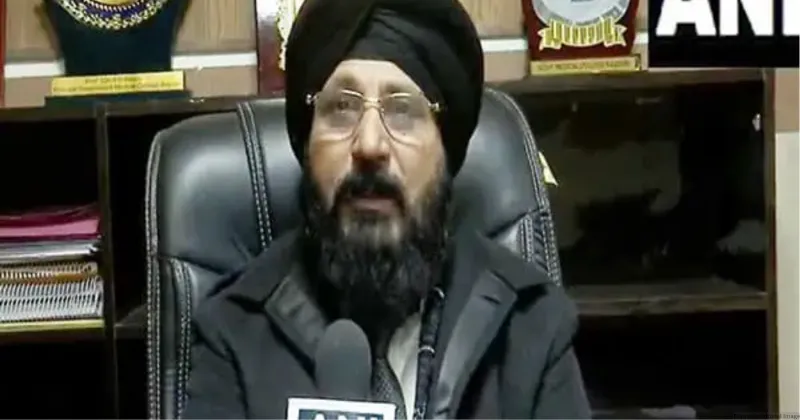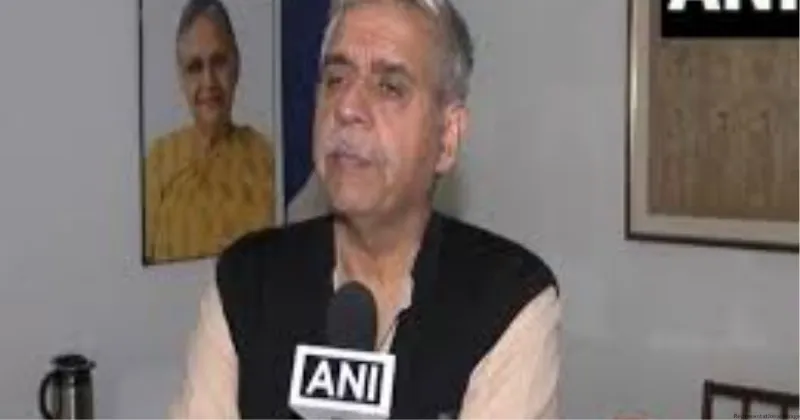Latest News
The decisive Rural Urban Divide is in the race for the White House
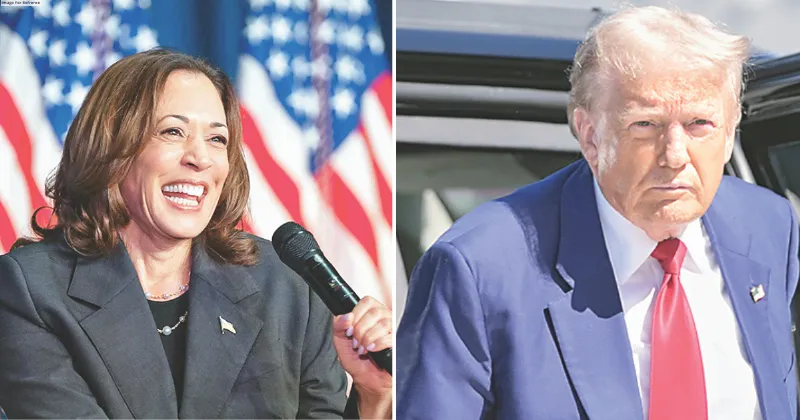
Divided is the state of America. And the gap is widening. Why so? Rural & urban divide is startling, not merely in terms of demography, state of life, and facilities but, more importantly, politically.
According to the US Department of Agriculture, 97 per cent of the land is made up of rural areas where 18 per cent of the population lives. Yet this number is becoming more significant with each passing election.
Take a look at the following numbers: in 1996, running for his second term in office President Bill Clinton won 1117 rural counties, winning over 50 per cent of the 1958 rural counties. Twelve years later in 2008 when the Barack Obama phenomenon swept the United States the democratic win share in rural areas fell drastically down to 455 rural counties. Another dozen years later when Jo Biden walked into the White House he carried merely 194 rural counties along with him.
Aston Herndon of the New York Times in his report states, that as one in five voters live in rural communities, it is very important to gauge what they think of the political system. “Political registrations have fallen for Democrats in the last two decades in these areas. From a competitive 45 per cent in 2000 versus 51 per cent for Republicans the tally in 2020 stood at 35 per cent for Democrats and a whopping 65 per cent Republicans,” says Herndon. So, what alienates rural voters from the Democrats? Nicholas Jacob, from Colby College, offers a perspective, “Broadly it can be said in today’s context that rural is equivalent of Republicans.”
To this Ben Wizner of the American Civil Liberties Union adds, “The problem is that there is a greater divide among the posh, affluent democratic supporters in the coastal America vis a vis the poor in rural areas. Money has shifted and that is a major concern for rural voters. They feel alienated and given the support Democrats have in urban and opinion-making states like New York or California, Maryland, and Virginia they are virtually cut off from the rural areas and in many places do not even have a proper local face in local elections.”
On the contrary, Republicans have harnessed the rural base and are feeding them with the content they want. “You will not have rural households accessing the likes of Washington Post or New York Times. They thrive on the content they get from social media and other digital platforms, these are the stronghold republic bastions,” says Democratic pollster Andrew Claster. He adds, “Not particularly all Republicans but Trump identifies these people and has made sure he is seen there often, you will see most of his big rallies are in the rural areas and his ecosystem feeds in content spaces for these areas.” Is there a concrete plan to tackle this with Democrats? “Well, for now, Democrats too are going with the flow. They are playing to their strength and consolidating their votes. But one significant step in addressing this situation has been selection of Tim Waltz as Minnesota governor & former veteran has been picked as running mate for Kamla Harris,” explains Claster. Wizner sums up the debate stations, “For now Ruralness equates to redness and like African Americans represent Democratic blue. Whichever candidate breaks into these stronghold areas in key states of North Carolina and Pennsylvania will emerge victorious on Nov 5.”







